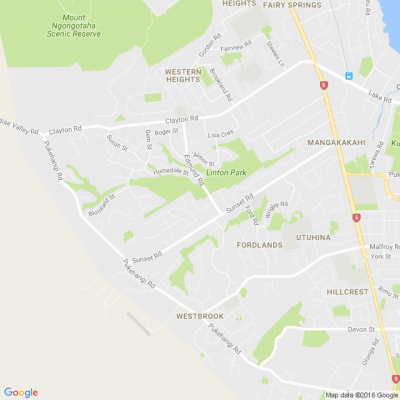
Know what’s happening
Access the private noticeboard for verified neighbours near you. Keep informed about any suspicious activity, send urgent updates to your neighbours when required and discuss emergency planning.
Get to know your neighbours
Browse the directory and start getting to know your neighbours. Don’t want to post to the whole neighbourhood? Send a private message.
Buy, sell and give away
Want to declutter your garage? Buy some used household items? Give away some garden stuff? Become a verified neighbour to browse and post items for sale. Trading is simple when everyone lives nearby.

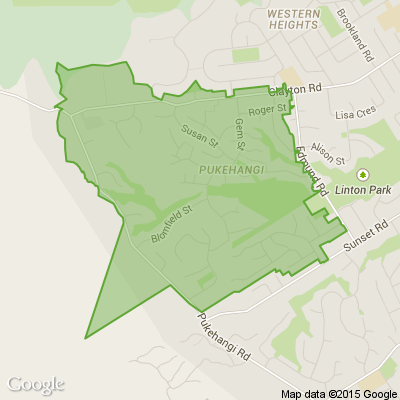
It is the weekend!
List your pre-loved gems in Neighbourly Market.

Thank you for using Neighbourly
You may receive an email confirmation for any offer you selected. The associated companies will contact you directly to activate your requests.
The Team from Graeme Dingle Foundation Rotorua
This year Z is giving away a share of $700k to 10 charities who make a positive impact for Kiwi's across Aotearoa. By topping up at your local participating Z Station, you will receive one token which gives you the opportunity to vote for us to help make Aotearoa the best place in the world to… View moreThis year Z is giving away a share of $700k to 10 charities who make a positive impact for Kiwi's across Aotearoa. By topping up at your local participating Z Station, you will receive one token which gives you the opportunity to vote for us to help make Aotearoa the best place in the world to be young 🧡
Ritika from Rotorua Central
Beauty combo deals!
Call or message to book an appointment- 0274105357 (Reet)
Negotiable

Mei Leng Wong Reporter from NZ Gardener & Get Growing
Pink, red, yellow, climbing, rambling, oh so beautiful they are. New Zealand's rose breeders and specialist nurseries have such a treat for you. Pictured here is 'My Sweetheart' from Matthews Nurseries, and there's lots more. Sit back and enjoy.
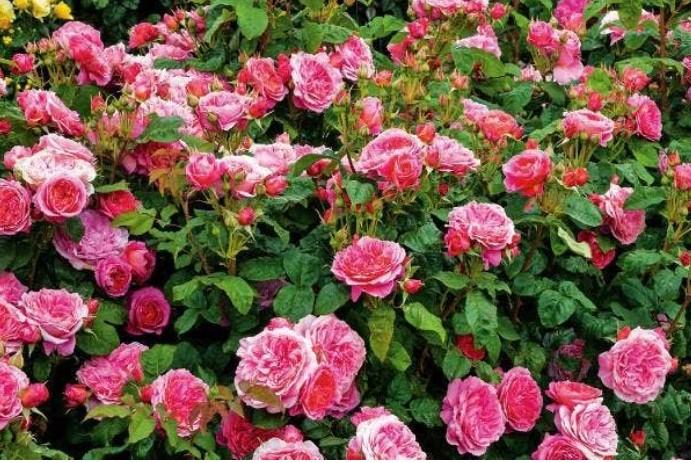
Robert Anderson from Curtain Clean Rotorua
Laundry day makes your home feel fresh and clean. But maybe not quite as clean as you think.
Laundry stripping is a deep-cleaning trend that has been sweeping the internet for the past several months. The method claims to clean the built-up residues from the fibres of textiles.
The TikTok… View moreLaundry day makes your home feel fresh and clean. But maybe not quite as clean as you think.
Laundry stripping is a deep-cleaning trend that has been sweeping the internet for the past several months. The method claims to clean the built-up residues from the fibres of textiles.
The TikTok user who started the trend soaked her freshly-laundered towels in warm water with a regular laundry detergent, washing soda, and borax – and the water turned dark brown.
The video prompted many of us to wonder whether we’ve been unwittingly nestling into dirty linens our entire lives. Home cleaning enthusiasts have since tried the technique on everything from clothes to rugs and second-hand couch covers.
What laundry stripping does is soak out any leftover detergent, fabric softener, minerals and natural body oils that have collected on the fabric over time. But some cleaning experts say it's unnecessary and brings out more dye than dirt.
So, I decided to test it out on a white duvet cover. I clean my sheets weekly and duvet cover once every couple of months. As a general rule, someone who sleeps in make-up and eats in bed as frequently as I do, shouldn't have white linens. But as a basic white woman in her mid-20s, fashion dictates I must.
The duvet appeared pretty white before going into the laundry strip. The strip wash recipe called for a 1:1:2 ratio mixture of borax, washing soda (sodium carbonate) and laundry detergent.
Borax is available at hardware stores and pharmacists, and the other ingredients you can find in the supermarket.
What I used:
- Greenwoods Washing Soda Crystals: ($4.99 from Countdown)
- Fab laundry liquid Frangipani 1L ($6.00 from Countdown)
- Borax ($10.99 from Bunnings)
To strip laundry, combine borax, washing soda and a regular laundry detergent in a 1:1:2 ratio in hot water.
Keep reading: www.curtainclean.co.nz...
Chicago, the second longest-running musical in Broadway history, is coming to Hamilton. It is a story of murder, greed, corruption, violence, exploitation, adultery, and treachery.
Bringing the show to life will be one of New Zealand’s most experienced and talented directors, David Sidwell. … View moreChicago, the second longest-running musical in Broadway history, is coming to Hamilton. It is a story of murder, greed, corruption, violence, exploitation, adultery, and treachery.
Bringing the show to life will be one of New Zealand’s most experienced and talented directors, David Sidwell. He’s assembled a cast of seasoned local performers and musicians who are all itching to get back on stage. He’ll be backed up by Music Director, Nick Braae and Choreographers Sonja McGirr-Garrett and Alexis Holmes.
Chicago opens at Clarence St Theatre on June 25th and runs for two weeks. Tickets are on sale at Ticketek.
Book now

Mei Leng Wong Reporter from NZ Gardener & Get Growing
Dear neighbours,
It's taken seven years, but it was worth the wait. Have you tried them?
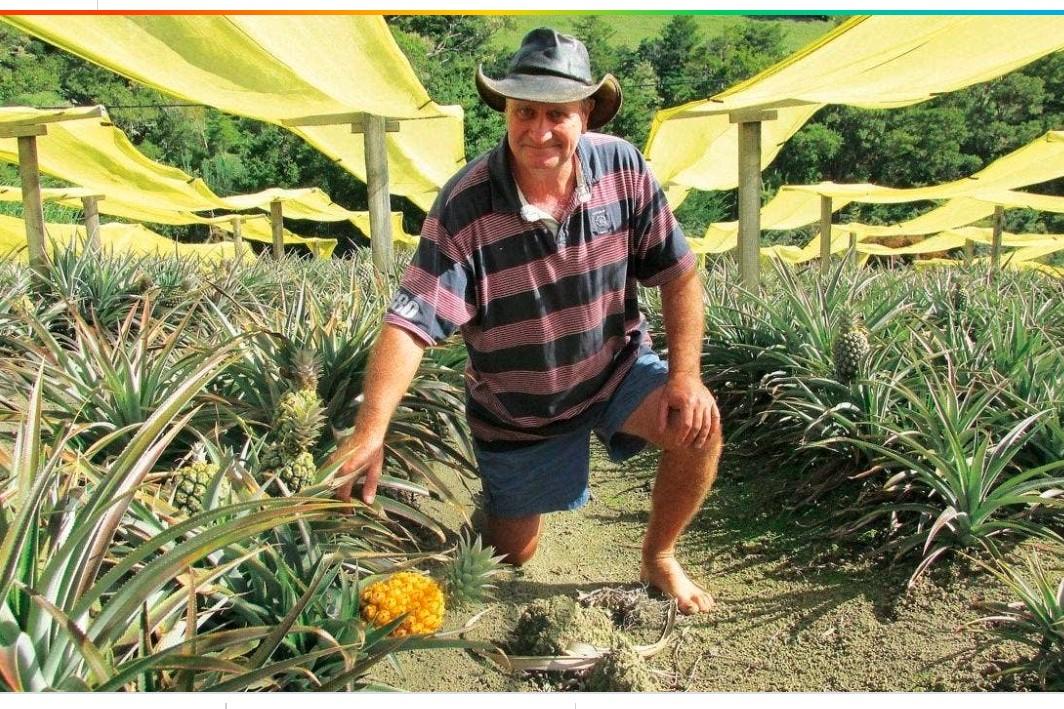
Buy the Hill - Te Ahu Pātiki Maunga
Thank you, Aotearoa.
You helped The Press and the Rod Donald Trust buy Mt Herbert/Te Ahu Pātiki the highest peak in Christchurch.
But you can still help.
The generosity of Kiwis has now secured the land's future as a public conservation park.
Further donations will help the … View moreThank you, Aotearoa.
You helped The Press and the Rod Donald Trust buy Mt Herbert/Te Ahu Pātiki the highest peak in Christchurch.
But you can still help.
The generosity of Kiwis has now secured the land's future as a public conservation park.
Further donations will help the trust restore the land to its former forested glory.
Donate now

Robert Anderson from Curtain Clean Rotorua
Call us optimists, but we think everyone under the sun can, and should, have a beautiful home.
If you're pinching pennies, there's plenty you can do to create a stylish and inviting home for yourself and your friends.
The first step (and this is true no matter where or how you live) … View moreCall us optimists, but we think everyone under the sun can, and should, have a beautiful home.
If you're pinching pennies, there's plenty you can do to create a stylish and inviting home for yourself and your friends.
The first step (and this is true no matter where or how you live) is to clean your home and get it organised. Doing those two things alone will drastically improve the quality of your space.
Then, on to decorating. With years of budget decorating behind (and in front of!) us, we've amassed a few helpful tips for 'making house' with a slim wallet.
1. Paint an accent wall
STAND OUT: This one wall, in the home of Melbourne designer Miranda Skoczek, brings something extra-special to her bedroom without going overboard.
Painting your walls is one of the most cost-effective decorative updates you can make to your home. But if you're on a shoestring budget, the two cans of $30 paint it may require to paint your bedroom could very well put you off.
Instead, consider painting an accent wall. One litre (which will cover around 9 square metres) or a 2.5-litre can (which covers up to 24 square metres) is likely all you'll need to cover a single wall, which can make just as much of an impact.
2. Get rid of unsightly items
FIRE THE WIRE: This clever little picket fence, designed by Karl Zahn, provides some fun inspiration for ways you can tidy up all those wires that often dominate the modern day living room.
Before you start worrying about what you can and cannot afford to buy, consider what you should get rid of, or unsightly items that you need to hide.
Dated, worn or damaged items could be doing the look of your home a disservice, and if they're non-essential, removing them can give your home a clean slate.
One of the worst offenders common in rental apartments is vertical blinds. Or how about those not-so-stylish college posters you've been holding on to? Let go, or at least put them in storage.
Keep reading: www.curtainclean.co.nz...
Paint it pink with Resene for the Breast Cancer Foundation NZ!
Buy any Resene testpot starting with P, I, N, K during May and we’ll donate $1 to Breast Cancer Foundation NZ.
Offer applies to all Resene 60ml testpots with colour names starting with P, I, N, K purchased at the normal retail … View morePaint it pink with Resene for the Breast Cancer Foundation NZ!
Buy any Resene testpot starting with P, I, N, K during May and we’ll donate $1 to Breast Cancer Foundation NZ.
Offer applies to all Resene 60ml testpots with colour names starting with P, I, N, K purchased at the normal retail price in May 2021 at Resene owned ColorShops.

Did you know that adding a waterproof mattress protector can increase the longevity of your mattress while protecting you from bacteria?
Read this article bit.ly... that sheds light and shares scientific reasons for why it is so important to put a waterproof mattress protector on.

Sue from Pukehangi - Mangakakahi
Does anyone know where i can get a rb20det manual gearbox. very hard to find ..can someone please help. maybe someone has one in there back yard . Thank s
Robert Anderson from Curtain Clean Rotorua
Choosing curtains and/or blinds for a child’s bedroom is much more complicated than you might think, with several factors to take into consideration when making the right choice. Let’s go over what you need to think about.
Blocking out light
Any parent will tell you kids need darkness to go… View moreChoosing curtains and/or blinds for a child’s bedroom is much more complicated than you might think, with several factors to take into consideration when making the right choice. Let’s go over what you need to think about.
Blocking out light
Any parent will tell you kids need darkness to go to bed. They don’t necessarily need darkness to sleep, but to convince them it’s bedtime it needs to be dark. Post daylight savings, heading into spring and summer, this can be a challenge. Curtains and blinds can help.
First of all, opt for block-out lining. Block-out lined curtains reduce natural light and UV rays, providing an ideal solution for darkening a bedroom. They also offer thermal and sound insulation properties, which come in handy too and we’ll discuss more shortly.
The best solution to block out light is curtains made of medium to heavy fabric, hanging wide and high over the window and down to the floor. But don’t make a decision yet, there are things to consider that might make you shy away from this option.
Slatted blinds are the least ideal solution as they allow small amounts of light to peep through even when fully closed and lowered. An inside mounted roller blind also allows a small amount of light to enter. For extra light blockage consider a curtain over a blind.
Reducing noise
Blocking out noise completely using only curtains or blinds is not possible, but it can be reduced. The best options are:
• Curtains – reducing noise all comes down to absorbing the vibrations so opt for the thickest, heaviest fabric you can (e.g. velvet or wool). The more layers the better so ensure you get them lined and you could also opt for a blind underneath as well.
• Roman shades – as with curtains, the thicker the fabric and more layers the better.
• Honeycomb blinds - the unique cellular design is great for cutting out noise. Just as the cells trap air to reduce heat transfer, they can also help keep out noise.
Keep reading: www.curtainclean.co.nz...

Sarah from Rotorua Central
I am after 2 x dining chairs (wood in good condition) Thank you
An undeclared allergen has forced the recall of a Pams food product.
Foodstuffs Own Brands Ltd has recalled Pams Brand Cassava Vege Crisps Original 150g, due to the possible presence of milk, an allergen that is not declared on the ingredients list.
In a statement, the Ministry for Primary … View moreAn undeclared allergen has forced the recall of a Pams food product.
Foodstuffs Own Brands Ltd has recalled Pams Brand Cassava Vege Crisps Original 150g, due to the possible presence of milk, an allergen that is not declared on the ingredients list.
In a statement, the Ministry for Primary Industries says that any customer with a milk allergy or intolerance should return the product to their retailer for a full refund.
What you need to know:
- The product is sold at Pak'n Save, New World and Four Square stores throughout New Zealand.
- It is sold in a 150g package.
- Best before date is 19 OCT 21.
- No other flavour is affected.
Customers with any questions or concerns are encouraged to contact Foodstuffs Own Brands Ltd.
Phone: 0800 24 51 14
Address: 35 Landing Drive, Mangere, Auckland.
To find out more about the recall, head to the New Zealand Food Safety Website.

 Loading…
Loading…
Are you sure? Deleting this message permanently removes it from the Neighbourly website.
 Loading…
Loading…

 $849,000
$849,000



 Marketed by Michelle Stephenson
Marketed by Michelle Stephenson
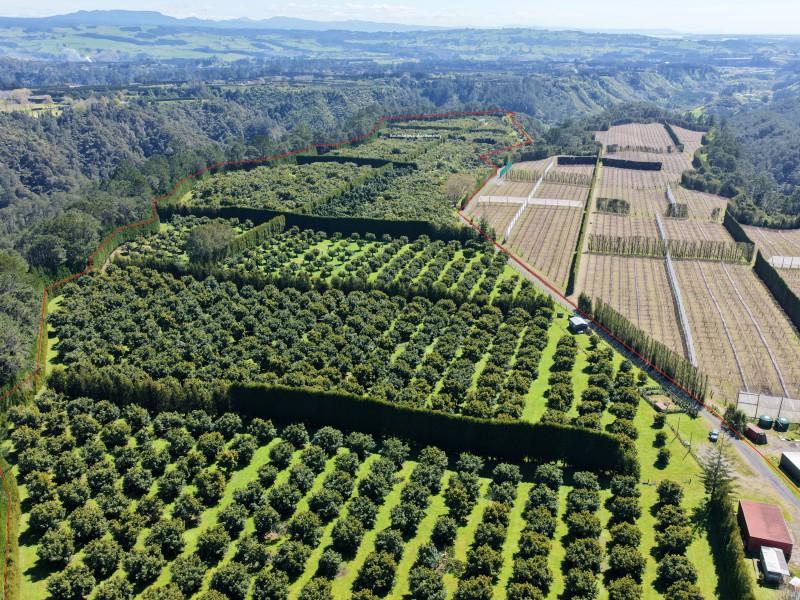
 Tender
Tender



 Marketed by Brett Ashworth
Marketed by Brett Ashworth

 Buyer Enquiry Over $680,000
Buyer Enquiry Over $680,000


 Marketed by Anny Nicholson
Marketed by Anny Nicholson

 $1,750,000 + GST (if any)
$1,750,000 + GST (if any)



 Marketed by Lindy Nelson Parker
Marketed by Lindy Nelson Parker
© Neighbourly 2025
